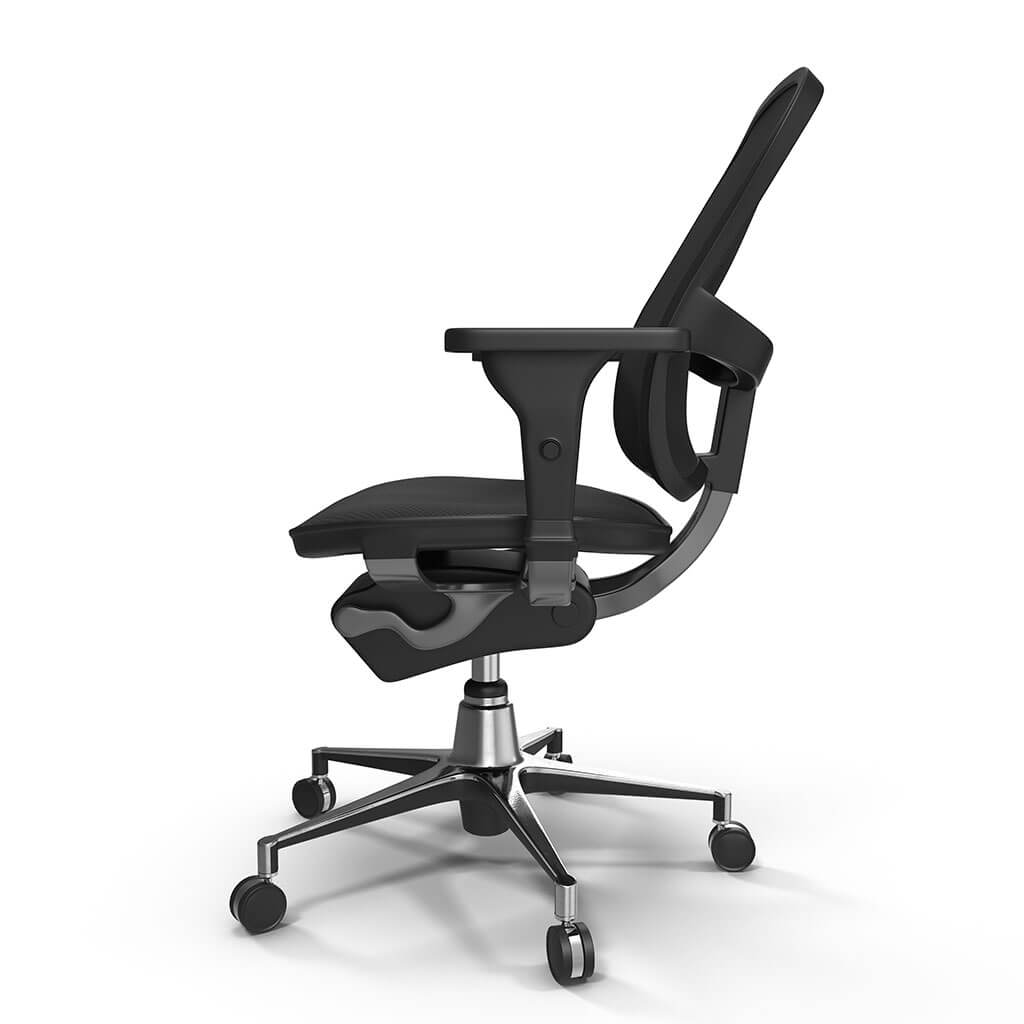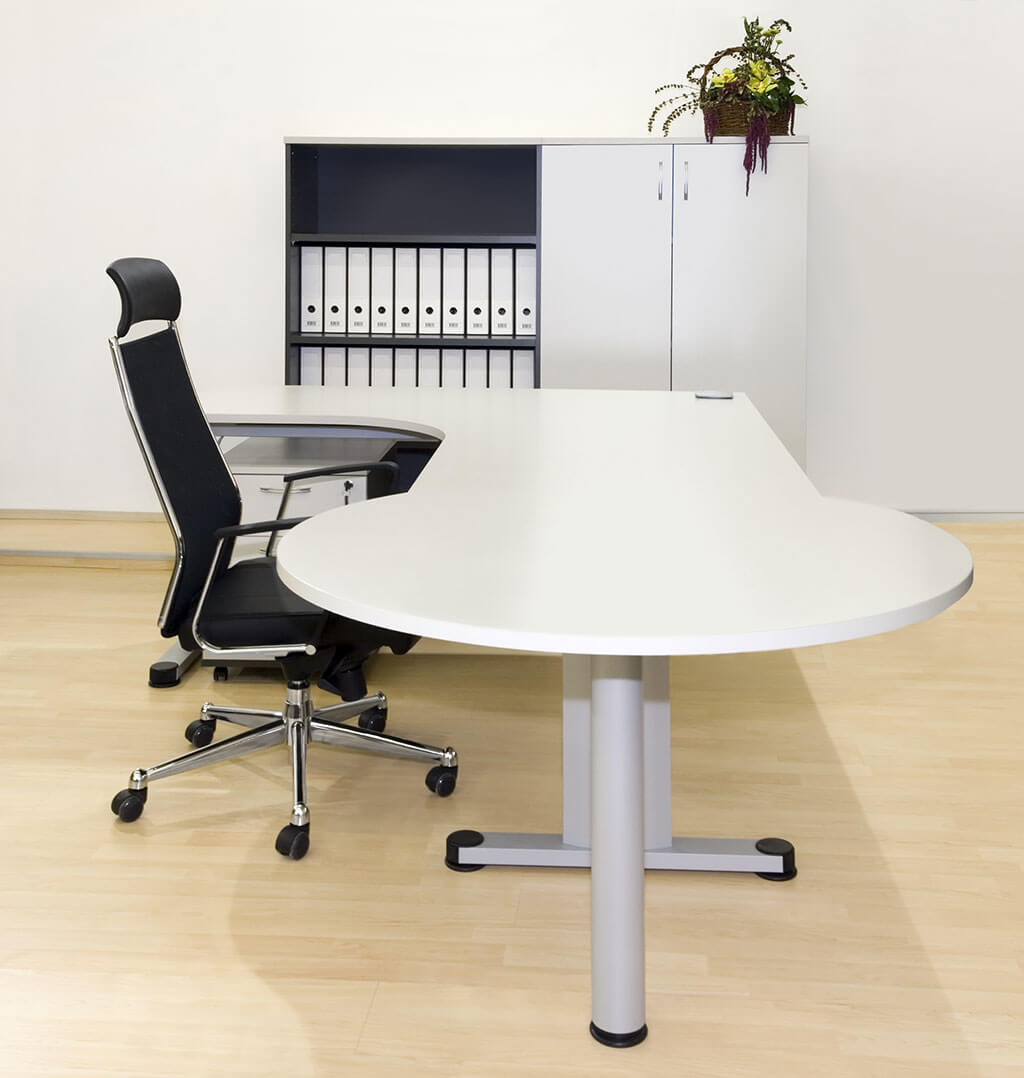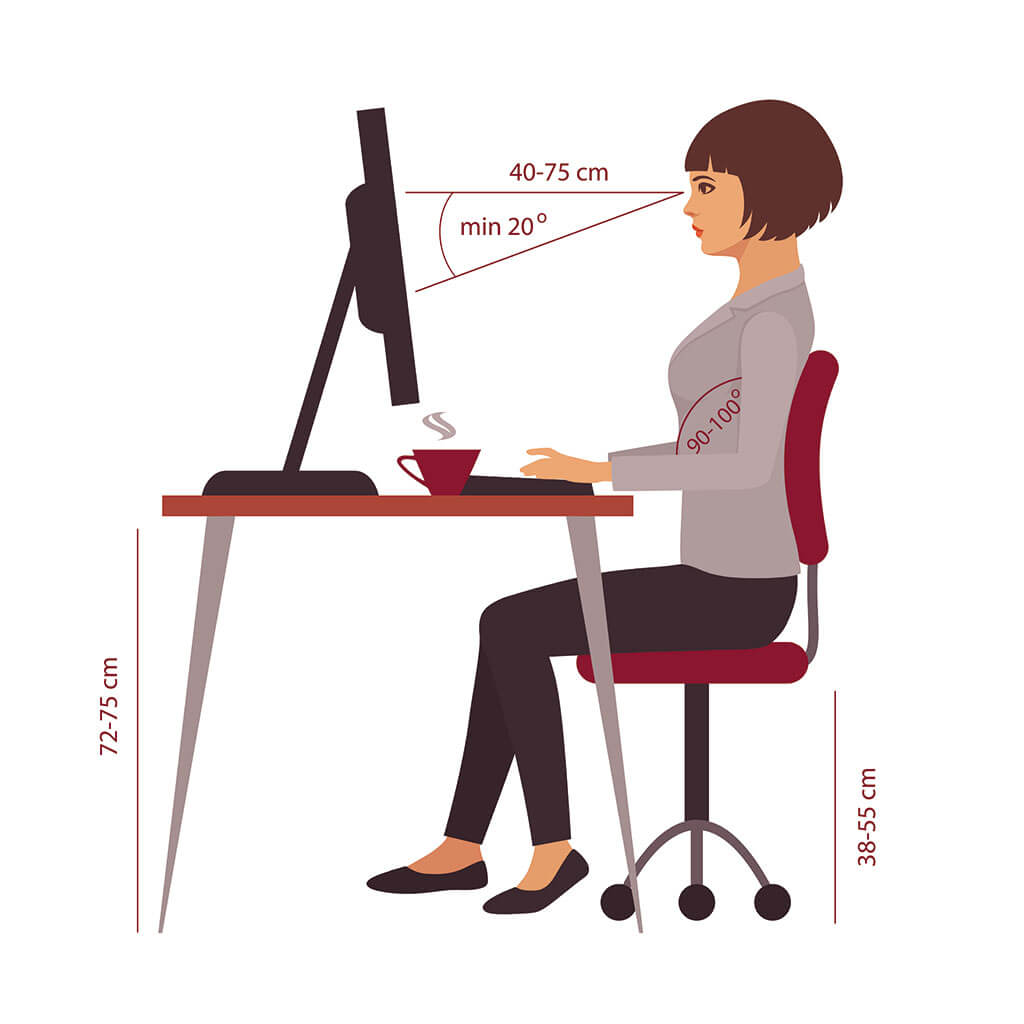Office Ergonomics
Office Ergonomics
Why Is Office Ergonomics Necessary?
Our current work environment has become high tech. In terms of office ergonomics, that means lots of American workers are sitting at a desk with a keyboard and a computer mouse for six to eight hours a day or more. In turn, this work environment has been more conducive to a sedentary lifestyle. People spend all day in front of the computer, sit in their cars or on public transportation while driving or riding home, then sit down for dinner, etc. You get the picture: lots of sitting—all day, every day.
It may not be physical labor, but this work environment does amount to an extended period in the same position performing repetitive actions: typing on a keyboard, moving and clicking on a computer mouse, staring at a computer screen, and hunched over a desk or keyboard.
This current office environment can lead to muscle strain and stress in many parts of the body. More often, today’s office workers are suffering with a wide variety of symptoms and health issues due to poor office ergonomics. These conditions affect their work performance and the total number of days they are not present each year to perform their job.
- Neck strain
- Shoulder strain
- Back strain
- Carpal tunnel syndrome
- Hand and finger fatigue
- General fatigue
- General stress
- Headaches / migraines
- Eye strain
- Vision problems
- Blue light issues
- Sleep deprivation
- Blood clots / embolisms
- Weight gain
- And more
Some of these health issues can be solved quickly, while other health issues may be permanent and/or require medication or surgery to correct or to prevent damage from worsening. In addition, some employees may have unique challenges or medical restrictions, which also need to be considered when providing a proper functioning work space.
Individual work spaces can also vary–both in the office and at home. An employee may have a small work area, be located near a sun-filled window, have an air conditioning vent blowing on top of them, etc. These issues and many others can create a challenging work environment for an individual.
As an employer, it’s best to prevent these office injuries and health issues from happening in the first place. That way, you can retain you’re A team on the job and performing their best. And because your employees know that you care for them, they will work more diligently for you. It’s a simple human factor: when we feel appreciated, we tend to work harder.
The McClure Office Ergonomics Assessment
At McClure Ergonomics Consulting, our goal is to help provide the healthiest working environment for all employees, regardless of occupation. The Office Ergonomics Assessment is administered to create a safe and comfortable computer workstation environment. The goal is to minimize risk of injury and maximize productivity at work.
During the Office Ergonomics Assessment, we observe employees working at their stations. We take photographs of the work station environment. We also interview individual employees about their working conditions and take note of any company policies and procedures.
The McClure Office Ergonomics Assessment includes the following check points.
- Working posture
- Seating furniture
- Desk height
- Keyboard placement
- Mouse placement
- Input devices
- Monitor distance and height
- Computer accessories
- General work area
The McClure Ergonomics Consulting Employment Testing is both 100% ADA and EEOC compliant without discrimination toward gender, age or disability. We also take into consideration any existing health conditions, including vision issues, hearing impairments, physical challenges, and more.
Office Ergonomics Results
The good news is that employees don’t need to suffer with back or neck strain, headaches and migraines, or deal with lifelong chronic carpal tunnel syndrome, among other issues. With the proper desk configuration and working posture, staff members can enjoy a positive, productive work day without any health repercussions.
Here’s what we recommend for the typical office work station.

Chairs
A proper chair should support the natural curvatures of the spine and have a comfortable, padded seat. The chair should be adjusted so that the feet rest flat on the floor and the edge of the chair doesn’t cut off circulation from the backs of the knees. If necessary, use a footrest. Armrests should be adjusted so that the arms and shoulders are loose and relaxed.

Desks
There should be enough clearance under the desk for the legs and feet to be placed in a comfortable working position. Refrain from storing things under the desk or crowding the desk area. The desk and chair should both be adjusted to a comfortable working level. Any hard edges around the desk working area should be padded, or you can use a wrist rest.
NOTE: There is a movement toward using standing desks or desks that can change position from sitting mode to standing mode. This may be a viable and more healthy and active option for your employees.

Telephones
Refrain from cradling the phone between the head and neck. Instead, place the phone on speaker or used a headset for all phone communication.

Monitors
The monitor should be placed directly in front of a seated person and behind the keyboard, approximately one arm’s length away. The top of the screen should be slightly below or at eye level (not above). For bifocals, you should place the computer monitor an additional one to two inches lower for more comfortable viewing. Also, place your monitor so that the brightest light source is to the side, and not in front or behind the user.

Keyboard and Mouse
The keyboard and mouse should be placed side by side and always within easy reach. Your wrists should be straight, not angled, while using both items. Your upper arms should remain close to your body, and your hands slightly at or below the level of your elbows.

Other Desk Objects
Any other frequently used objects (e.g., stapler, tape, files, folders, books, etc.) should be placed closer to the body to prevent unnecessary reaching. If something is out of reach, you should stand up to get it, rather than reach while sitting.
Ready for Your Office Ergonomics Analysis?
Call McClure Ergonomics Today at 336.601.0007!
